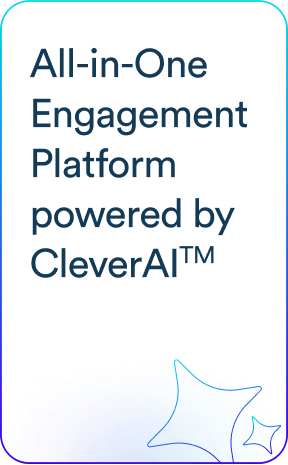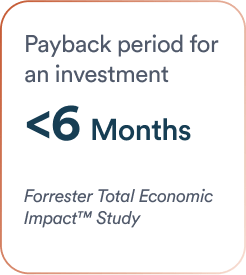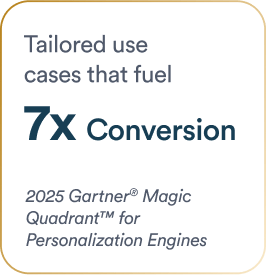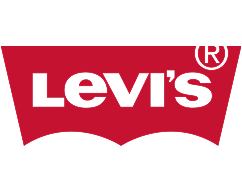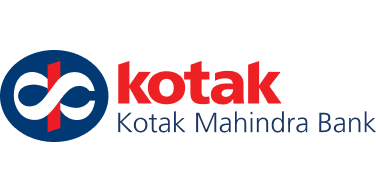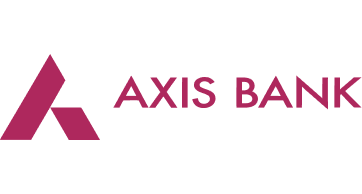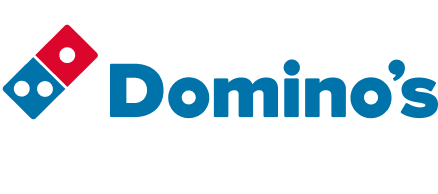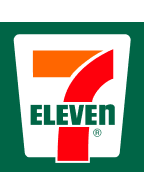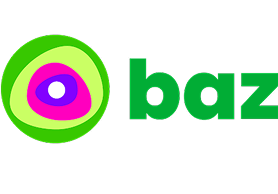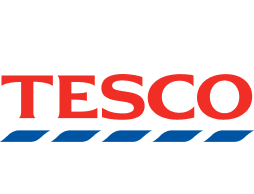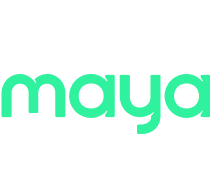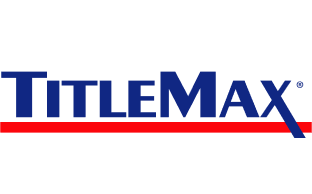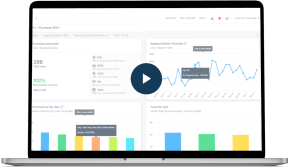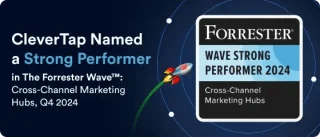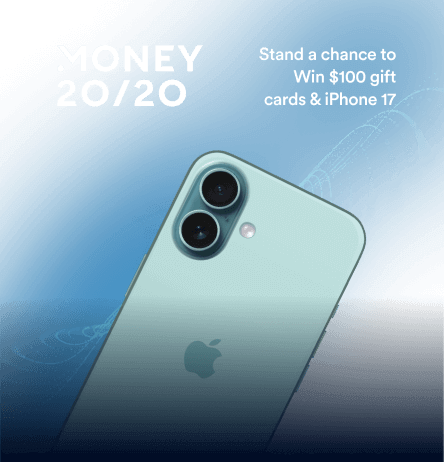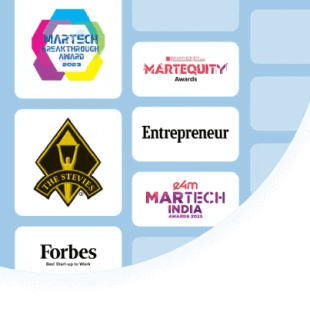With the proliferation of channels, devices, and AI chatbots, the number of digital and physical touchpoints has exploded, amplifying the complexity of the modern customer journey. Keeping up is a daunting proposition and presents a challenge for brands that want to delight customers at every micro-moment.
The key is to drive hyper-personalized, contextual, and relevant interactions with your customers across their entire journey – on the right channel at the right time and without disrupting the experience.
This is where a purpose-built customer engagement platform (CEP) comes in. However, selecting the right one for a brand’s unique business needs is exceptionally challenging considering the plethora of use cases and vendor options available today.
This blog aims to simplify that decision-making process and guide marketers toward selecting a CEP that truly drives impactful customer engagement. For a deeper dive into the CEP buying process, key capabilities to look for, questions to ask CEP vendors, and more, you can download our CEP Buyer’s Guide.
Must-Have Customer Engagement Platform (CEP) Capabilities
Before profiling CEP vendors, it is imperative for brands and marketing leaders to align their business objectives with their requirements. Subsequently, determining the capabilities that are absolutely essential in meeting the business objectives, along with engagement and experience for their customers, and finally, those that are optional, especially in the context of budgetary and resource constraints.
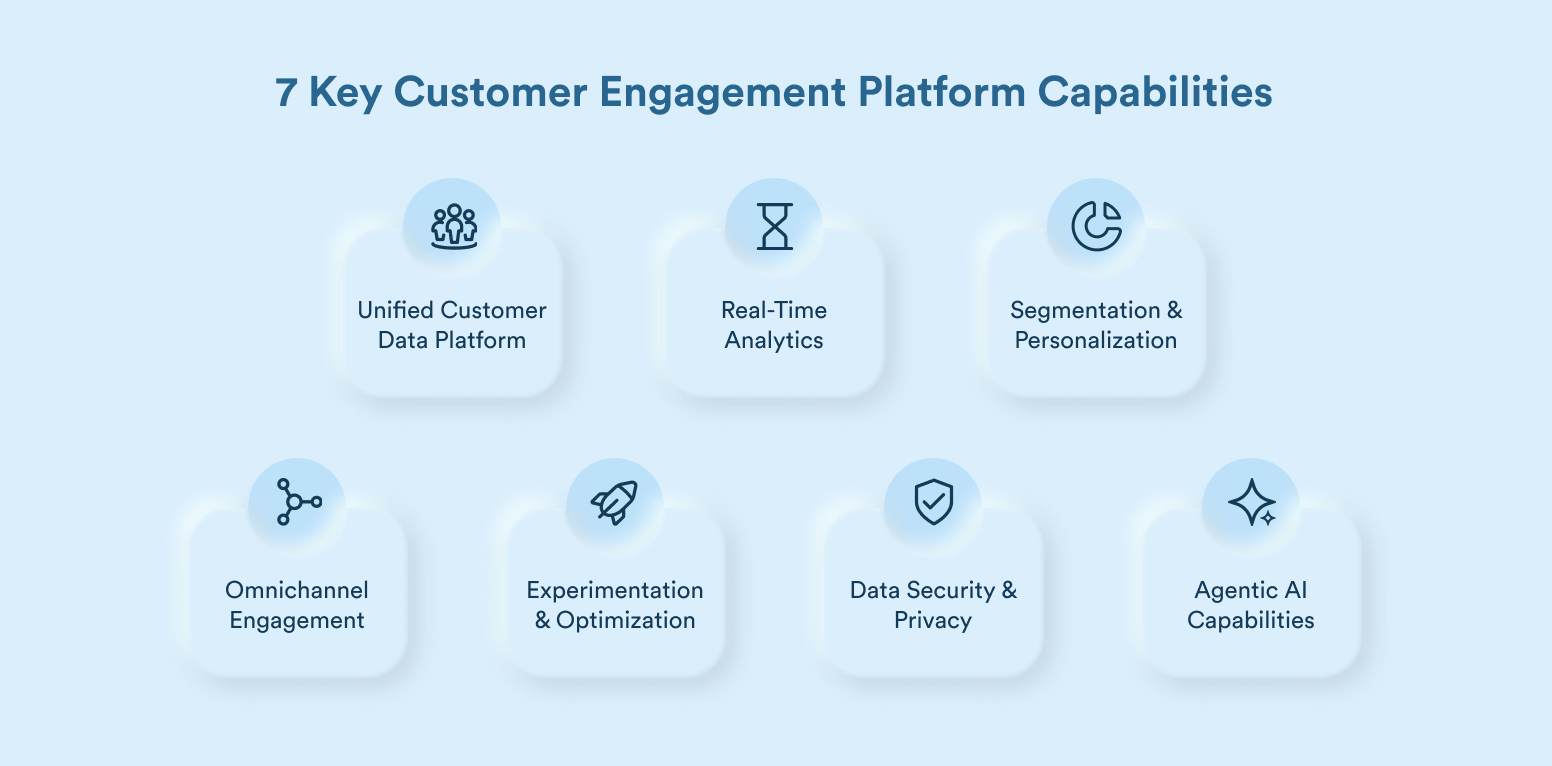
1. Unified Customer Data Platform for a Single Source of Truth
While enterprises collect and process data from multiple sources, the data is typically maintained in silos across teams and departments, without context, and is seldom used to improve or optimize customer experience. For example, email marketing, social media, and paid channel marketing are separate organizational silos that often do not talk to each other and result in discrepancies in customer experiences.
That’s why a customer data platform (CDP) becomes critical. CDPs are designed to bring data from many separate systems, such as mobile, web, server, product usage, CRM, Point of Sale, payment, call center, and others, into a single platform. It gives teams a single view of every customer with unified, persistent user profiles that allow you to deliver consistent omnichannel experiences.
For effective customer engagement, you should look for a platform that:
- Not only helps centralize your data, but it also does that over an extended lookback period.
- Allows for easy integration with third-party analytics, customer data platforms, customer relationship management, data warehouse, and other technology providers.
- Supports easy export and import of data between different systems or applications.
These capabilities essentially form the foundation of the entire customer engagement strategy, from segmentation and personalization to omnichannel orchestration and beyond.
2. Real-Time Analytics to Drive More Intelligence from Data
In today’s rapidly evolving environment, what differentiates a brand from competitors is its ability to make decisions swiftly and accurately.
The ability to analyze data in real time is fundamental to get timely, actionable insights into customer behavior and campaign performance, such as click-through rates, cart abandonment, drop-offs, and more. This essentially forms the very foundation of the overarching customer engagement and retention strategy – engaging customers with the right message at the right time via the right channel. Think of powering your campaigns with the ability to:
- Trigger campaigns with real-time behavioural information
- Personalize cross-sell/upsell campaigns at checkout
- Analyze peaks and non-peaks in app usage during campaigns
- Identify friction and drop-off points in the app and nudge users toward conversion
- Identify the popular and performing messaging and content
- Identify activity/engagement triggers to optimize messaging and campaigns
3. Segmentation and Personalization at Scale
For most organizations, segmenting users effectively is still a challenge since they have to think of multiple dimensions to segment on. Plus, it’s largely a manual process.
Delivering a personalized customer experience to millions of users across tens or hundreds of dynamic user segments presents challenges. In order to achieve this, marketers need a martech stack that has the ability to consolidate all user data in real time to engage users with contextual messages in the flow of their journeys and help them personalize the customer experience for each segment at every touchpoint.
Ensure that the customer engagement platform you’re considering to buy supports:
- Basic segmentation, including demographic, geographic, behavioral, and psychographic.
- Advanced segmentation, including real-time or live segmentation, RFM (Recency, Frequency, Monetary) segmentation, intent-based segmentation, AI-based or predictive segmentation, and more.
For a deeper dive, read our blog on types of segmentation.
4. Omnichannel Engagement for Cohesive Approach
Engaging the modern customer across multiple devices, including mobile, desktop, and tablet; channels, including SMS, email, WhatsApp, push notifications, and more; and social media platforms, including Facebook, Instagram, Twitter, and others, is no ordinary feat. But customer engagement goes beyond just sending messages and notifications.
Brands should have a robust omnichannel engagement strategy to ensure a cohesive, consistent, and seamless customer experience across devices, platforms, and channels. Equally important is to have the capability to build, implement, and optimize customer journeys across these channels for maximum impact and conversions.
That said, generative AI has brought a tectonic shift in customer behavior. Instead of clicks and swipes, they now prefer prompts to get the information they need. What does this mean for brands?
There is an urgent need to rethink customer engagement – instead of “pushing” the information, brands must think about how they can empower the customer so that they can “pull” the information they need using prompts.
While considering a CEP, make sure the platform supports not only your current channel outreach requirements but also future needs. It is also recommended to verify the platform’s ability to scale effortlessly and the costs involved so as to avoid revisiting the decision in the future.
5. Experimentation and Optimization
Customer engagement is not a one-time activity and is not a one-size-fits-all strategy. It is an iterative and individualized process wherein the campaigns, journeys, and communication need to be continuously experimented with and optimized based on performance metrics. This is essential to ensure a successful and effective customer engagement program, especially in a world where customer needs and expectations are constantly changing.
A/B and multivariate testing are indispensable tools in a marketer’s arsenal. However, in today’s hyper-competitive landscape, brands need additional capabilities to succeed:
- The ability to personalize web and app interface, including content, layout, and journey flow, without the need to depend on the engineering teams.
- No-code functionality that simplifies making these changes, including creating precise segments for testing.
- Analyze the performance of different variants and identify the most successful one.
6. Data Security and Privacy
Customer trust and data privacy should be at the core of your engagement strategy. Protecting sensitive customer information is crucial not only for customer trust and confidence but also to ensure compliance with applicable data security and privacy regulations.
When selecting a CEP from a third party, ensure the vendor:
- Has robust security measures and transparent data handling practices, including collection, storage, processing, presentation, and analysis.
- Is compliant with relevant regulations and industry standards, such as ISO, GDPR, CCPA, and others.
- Has a clear plan for handling data breaches or security incidents.
- Performs security audits regularly.
7. Agentic AI Capabilities
Knowing your users and their preferences is the foundation for delivering a seamless customer experience. But when you’re dealing with millions of user data points, that’s far from easy, and downright impossible without using intelligent systems and technology. For this reason, marketers have to embrace AI to deliver the experience users have come to expect across all channels and touchpoints.
With advanced data science and AI-powered virtual agents/assistants, the modern-day marketer can create engaging experiences for users. Whether you’re turning new users into champions or incentivizing current users to buy more, using prompt-based interactive agents to perform actual tasks in real time, such as product and content recommendations, an emotionally intelligent content generator, auto-routing users through the best-performing path, and more, will create new avenues to optimize campaigns across channels seamlessly.
Choosing the Right CEP
Selecting a CEP that is aligned with your current and future needs is vital for ensuring the success of your engagement strategy. Customer data platform, extended lookback period, effective segmentation, personalization, and omnichannel orchestration, advanced analytics, AI capabilities, and data security and privacy are non-negotiable capabilities for any enterprise-grade CEP. These capabilities ensure that the platform provides the required agility, scalability, and efficiency to optimize the customer engagement and retention strategy and maximize customer lifetime value (CLV).
If you’re seeking a customer engagement platform, download our Buyer’s Guide to get started – complete with key capabilities and a vendor questions checklist.
[Get Buyer’s Guide]
How CleverTap Can Help
CleverTap is an all-in-one customer engagement platform built for organizations looking to drive retention, growth, and lifetime value at scale. With integrated analytics, AI-powered personalization, and omnichannel orchestration – all backed by a robust, proprietary data engine, CleverTap empowers marketing and product teams to deliver smarter, faster, and more personalized customer experiences.
Here’s what sets CleverTap apart:
- Unified Engagement Platform: Combines analytics, AI capabilities, segmentation, messaging, journey orchestration, A/B testing, and optimization in one unified interface.
- Agentic AI: Built-in autonomous intelligent agents that work as a team, watching, thinking, acting, and learning to unlock new opportunities, guided by your goals
- TesseractDB™ for Deep Data Context: Offers up to 10 years of user history and 10,000+ data points per user/month for advanced personalization and decision-making.
- Advanced Segmentation & Personalization: Enables granular targeting using behavioral, demographic, psychographic, and predictive data powered by CleverTap’s proprietary AI engine, Clever.AI.
- Omnichannel Engagement at Scale: Supports seamless customer journeys across 15+ channels, including email, SMS, push, WhatsApp, in-app, and web.
- Proprietary Tech for Performance & UX: Boosts push notification delivery with RenderMax™ and enables no-code experimentation through Product Experiences.
- Real-Time Analytics & Insights: Provides live dashboards, funnels, cohorts, and ROI attribution tools for tracking campaign performance and user behavior.
- Scalable & Reliable Infrastructure: Delivers 24B+ daily notifications and supports 5B+ monthly active users with low-latency, high-availability systems.
- Low Total Cost of Ownership: Consolidates multiple tools into a single platform, reducing martech complexity and saving costs by 20%.
Getting the Right Platform for Engaging Customers
Choosing the right customer engagement platform is no longer just a tactical decision – it’s a strategic one. In today’s experience-led economy, enterprises need more than isolated tools; they need an intelligent, unified platform that brings together data, automation, personalization, and scale. The capabilities outlined above are the foundation for building meaningful, measurable, and future-ready customer relationships. As expectations evolve and competition intensifies, investing in a CEP that’s built for performance, agility, and trust will be the difference between brands that engage – and brands that lead.
Agnishwar Banerjee 
Leads content and digital marketing.Expert in SaaS sales, marketing and GTM strategies.
Free Customer Engagement Guides
Join our newsletter for actionable tips and proven strategies to grow your business and engage your customers.

